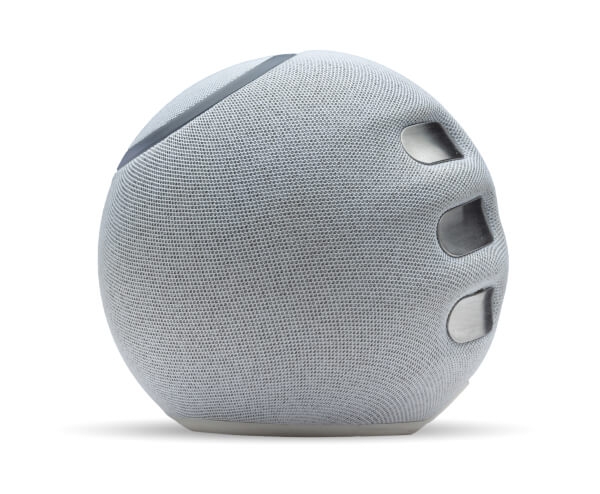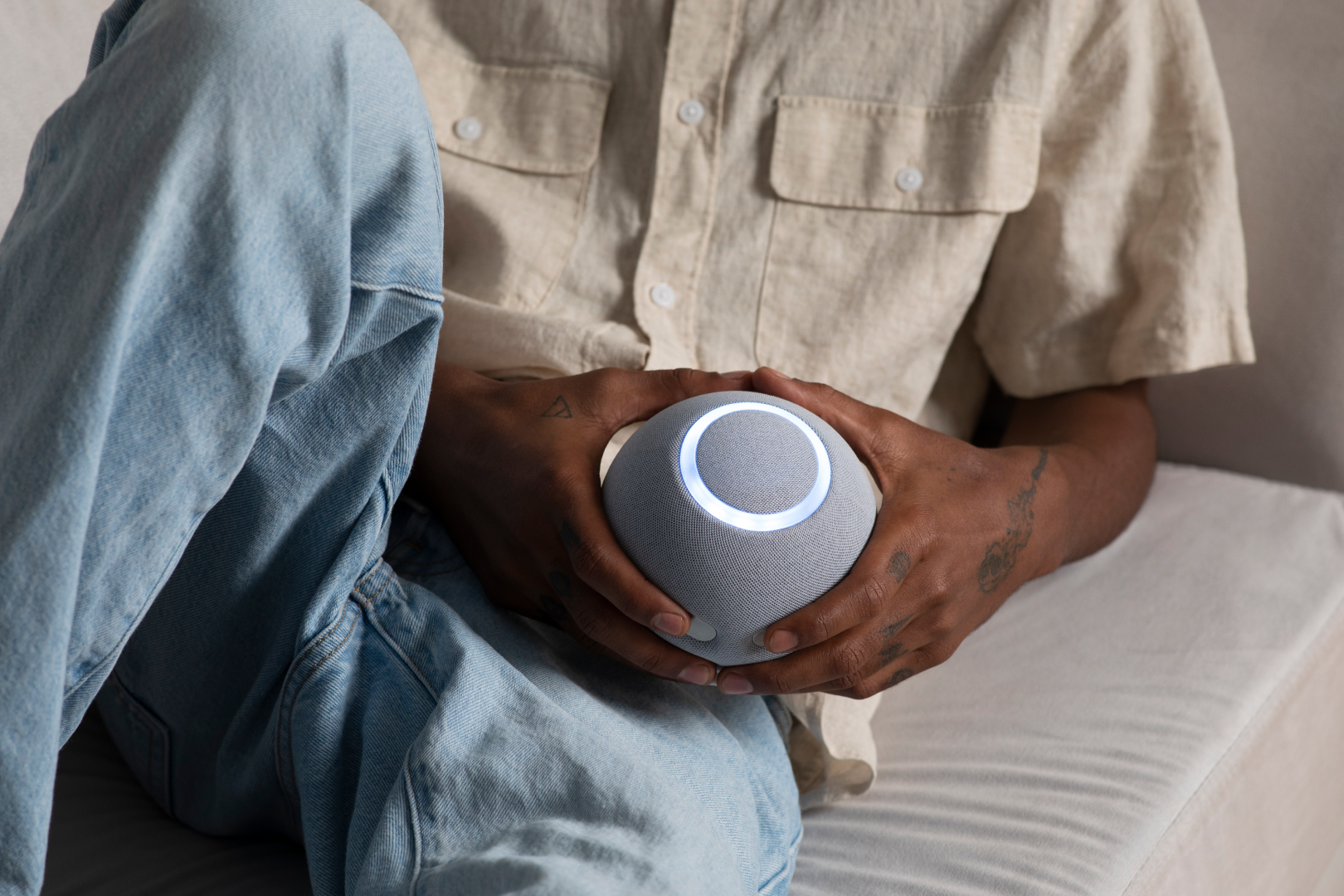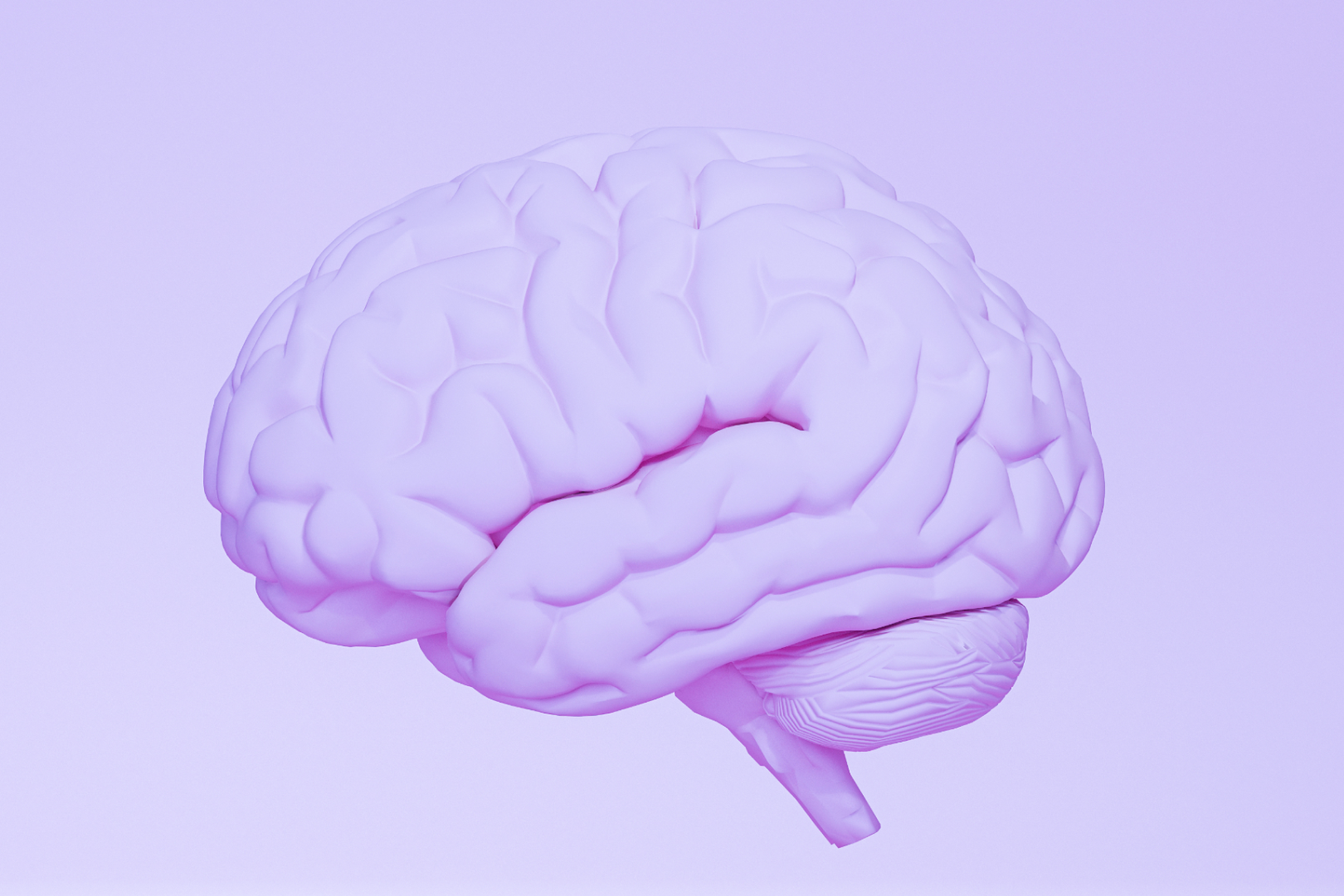People today are incredibly stressed. Chronic stress is linked to the top 6 causes of death. Seventy-five percent of visits to the doctor are stress related. Stress is often attributed to our modern lifestyles: stifling office jobs, long commutes, lack of exercise and fresh air, hours spent on computer screens, the “rat race”. But something doesn’t add up.
A century ago, our ancestors faced high levels of poverty and the aftermath of a world war that killed millions of people. Five hundred years ago, people endured disease, wars, barbarism, and the lack of daily comforts that we take for granted today. Is stress really a result of modern life, as often claimed? Or perhaps people have always been stressed, throughout history and culture, but the way we relate to stress today is completely different.
Let’s take a look at stress from a historical perspective and explore it.
Stress: Modern or ancient malady?
Stress is a physiological and psychological response to a threat (physical or emotional), or to uncertainty. Therefore, stress is not new. Throughout history, humans have always been vulnerable to predators, sickness and starvation. In fact, threat and uncertainty were far more prevalent and took a much greater toll on everyday life in the past, compared to today.

Stress in modern life
Over the past two millennia, on average 27% of newborns died in their first year of life, and 46% died before they reached adulthood. Global mortality rates overall dropped dramatically in the twentieth century.
Historically, food, warmth, and shelter were far from a certainty; basic medical care that we take for granted, such as antibiotics and anesthesia, were yet undiscovered. Stress was most certainly part of the human condition, far before modern times. Archeology even proves it.
Ötzi the Caveman: What he teaches us about stress
In 1991, the mummified body of a man who lived an estimated 5,300 years ago was discovered in South Tyrol, on the border of Austria and Italy. Researchers named him Ötzi. Ötzi was shown to have several wounds, including an arrowhead buried in his shoulder.
For this reason, researchers believe he was murdered, at around the age of 45. The case of Ötzi has taught researchers a lot about stress in ancient times, thanks to a fingernail that was found during the archeological excavation. From the pattern of grooves on this one surviving nail, we know that Ötzi had undergone three major periods of intense stress, four, three and two months before his death. The final stressful period was also the most serious, lasting at least two weeks.
How old is ‘stress’?
Ötzi the caveman is an example of scientific proof of the existence of stress since prehistoric times. Stress is as old as humankind. What is new is the way that we relate to stress. According to professor and author Dr Robert Kugelmann in Stress: The Nature and History of Engineered Grief, “Before the war [WW2], no one spoke of stress; after it, increasingly, everyone did.”
The concept of stress as a psychological and sociological phenomenon only began in the mid-twentieth century. Before that moment in time, stress was not considered a barrier to individual growth, nor a problem that required treatment at the hands of psychologists and psychiatrists.
Moreover, in the past, many conservative or stoic cultures endorsed the attitude of “quiet suffering”, and “accepting one’s lot”, without bothering the surroundings in search of a cure. But later, this all changed.
Acknowledging and sharing one’s stress and treatment became acceptable and even desirable. That leads us to the next question: why did stress suddenly become so important in the 1950s? And why is this particularly so for Western societies?
Modern science ‘discovers’ stress
A look at the work of Nobel prize-winning endocrinologist Hans Seyle provides an answer. In the 1950s, Seyle conducted important and pioneering research on the biological response of organisms under stress.
He developed the theory known as General Adaptation Syndrome (GAS), outlining the three phases of stress and what happens to the body at each stage.
The first stage is Alarm, when the threat is detected and the body responds with a wide range of physiological, immunological and hormonal symptoms, such as increased blood pressure and heart rate, digestive problems, blood sugar imbalance, lower resistance to illness and infection, and even reduced fertility.
The next phase is Resistance, during which the individual tries to ‘fight off’ these symptoms and the emotions that arise. This is a confusing time that often produces a range of conflicting physiological responses; for example, the person feels very tired, yet suffers from insomnia.
The final phase is Exhaustion. The adrenal response in the body is spent, and the symptoms of stress that began in the Alarm phase now become even more severe. Seyle’s work was the first to identify a clear link between stress states and physiology. What it also did was legitimize stress as a modern medical phenomenon that required treatment. But that’s just part of the story.
Between who we are, and who we want to be
The twentieth century was a time of great progress and change for the human race. Advancements in technology and science completely altered the way we live, and the way we see ourselves.
Just a few years before 1969, who could ever have imagined people walking on the moon? At the same time, much of our familiar human identity was lost. The “old wives’ tales” passed down through generations were exchanged for new theories and ideas.
As Kugelmann states in The Nature of Stress, “cultural progress, having outpaced biological evolution, invalidates some of the wisdom of the body.” (p.34).
Yes, the human race has indeed progressed, but our physiology, the result of millions of years of evolution, has yet to catch up. Indeed, stress, as we relate to it today, is caused by the dissonance between our lives as they have come to be, and the capacity of our physiological body. Accordingly, stress is a necessary adaptive response to a pace of life that is physiologically undesirable.

The answer? Reduce stress by finding the right balance in life, and adapting the intensity of life’s challenges and routines to best suit you.
Stress as a social phenomenon
It may sound strange, but to a certain extent, social norms guide which diseases are ‘in fashion’. For example, in the eighteenth century, consumption was viewed favorably as a “poetic disease”, lending sufferers a heightened intelligence.
Similarly, beginning in the mid-twentieth century and up to this day, stress as a human condition binds us against a common ‘enemy’. It is a way that we experience life, and a language that we speak to one another. One thousand years ago, this was not the case; but today, stress is both a self-identity and a social identity.
By engaging in stress management activities and affiliating with communities around issues of stress, we strengthen our common perception of stress as a shared experience.
Stress belongs to us. So does the solution.
Unlike our ancestors, we are fortunate to live in a prosperous age, an age in which our basic needs of Maslow’s hierarchy are already met. People are free to engage in the lack of fulfillment of their higher needs – self-actualization and esteem – and this is a root cause of much of the modern epidemic of stress.
Today, having the opportunity to meet those higher needs is even seen as a right. Subsequently, stress in all its forms – emotional, mental, physical and physiological – is also our right. Today, we do not regard stress as something that happens; we have named it, and turned it into a malady. It is something to identify with, give our attention to, gather around together, and solve.
Yet, with rights come responsibilities. Just as modern society embraces the concept of stress, it must also embrace the tools and methods with which we can better manage stress, without resistance, and empower the individual to live a full, healthy and peaceful life. We invite you to learn a bit more about the benefits of biofeedback and how it can help improve your physical and emotional health.





